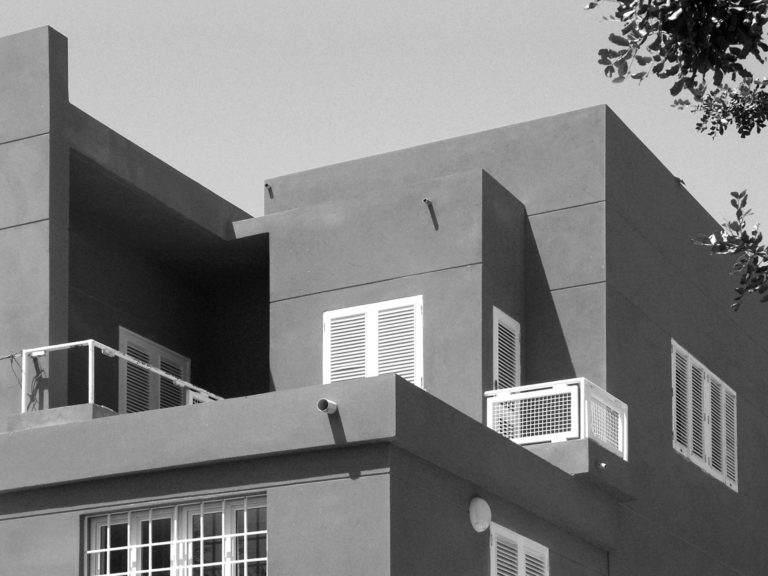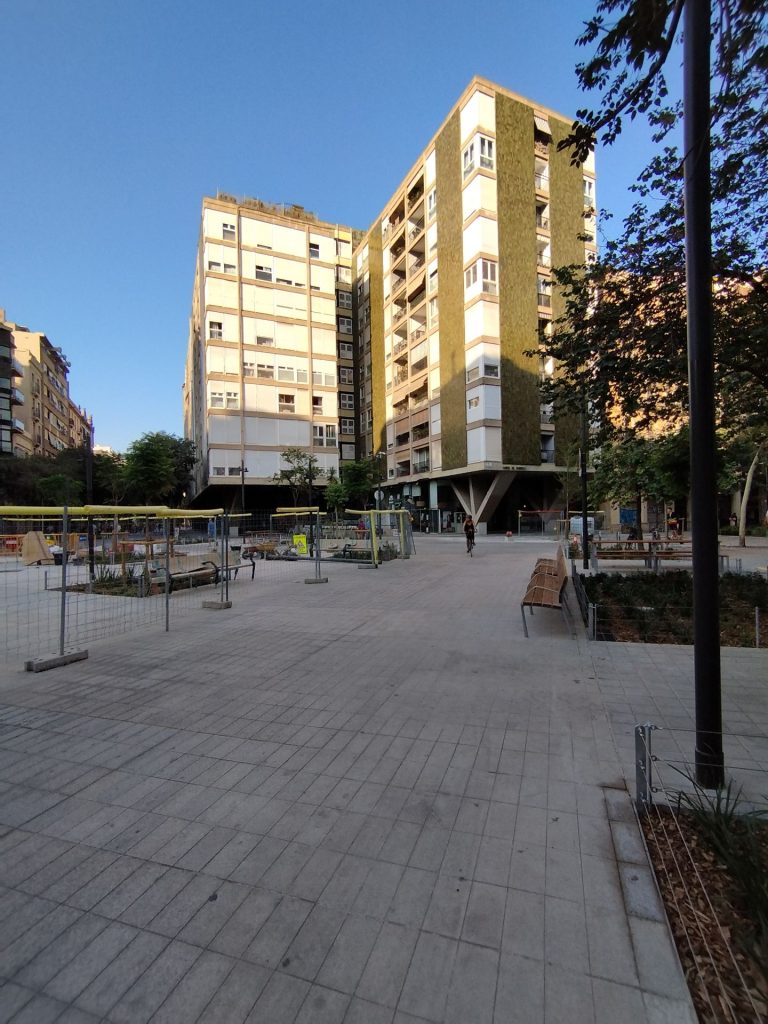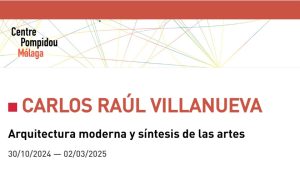Abstract
This paper considers the current status of our planet as well as the particular conditions of the economic crisis in Spain in order to propose an analysis of the efficiency involved in reconditioning the skin of the existing buildings by considering energetic, economic and C02q emission criteria. The skin of a building is the most weather-exposed part of a building and therefore determines the internal demand of energy to make the building comfortable and habitable. The study of the facade, its current status in terms of energetic and economic demands and in terms of C02 emissions will provide data on the results and benefits of reconditioning the skin of buildings in the medium and long term. The neighborhood of Montbau is the subject of this study. lt comprises around 30 buildings, each with several and different characteristics, built in the 1960s and their current features show loss of energy through their facades and demand a high consumption of energy to obtain heating and cooling conditions at the same time that generate C02eq emissions to the atmosphere. In order to analyze and study the conditions and possible affectation on these buildings, this paper worked on a representative sample to obtain data. The sample comprises the following buildings: Duplex Apartment Building A, Building E/F Bloque Lineal, Tower Building Q, and Building UNI 14 as the sample for detached and semi-detached buildings. With the data collected regarding the needs and facade situation of the sample buildings, this paper proposes reconditioning, constructive solutions to improve the internal conditions and comfort of such buildings as well as the reduction of C02eq emissions. To assess the conditions of the sample buildings and, therefore, study their behavior, Desingbuilder-design software- and Energyplus – internal calculation engine- (developed by the US Department of Energy) software was used. Energyplus was used to analyze energy consumption and C02eq emissions to obtain data regarding how buildings were built and which their installations are. A model of the 4 sample buildings was created by using Energyplus, taking into account the physical and architectural features of the sample buildings as well as their facades, woodworks, air leaks, heating and cooling systems, hot water production, and illumination. By using Energy Simulation DesingBuilder, an evaluation of the current demand of energy, C02eq emissions and economic expenditure analysis (pricing energy consumption based on 2012 prices) was conducted. In order to analyze the behavior and the needs in altemative weather conditions and locations, Madrid and Gerona were chosen as sample cities where hypothetical conditions will apply. Likewise, an affectation analysis was conducted based on location differences to extrapolate the analysis and apply it to the sample buildings and therefore obtain global results at neighborhood level. The detailed analysis and evolution of results is shown throughout this paper by using graphs and tables supporting the text. The needs and expenses of the buildings before and after the reconditioning works are showed to prove the improvements. Changes in the woodworks, facades, and insulation works along with constructive solutions are proved in terms of figures showing the benefits and the need of implementing reconditioning works. The relevance of this paper is based on the need to tackle such topics as building reconditioning instead of considering total or partial demolition or construction of new housing developments to contribute to the sustainability of our planet and, at the same time, offer sustainable alternatives that are efficient, effective and optimal. The figures shown herein are astonishing in terms of expenses, costs, energy savings, and C02eq emissions. The graphs and tables used herein offer a wider picture that can be expanded through fuure research and implementation of projects locally and globally.
Access the thesis











